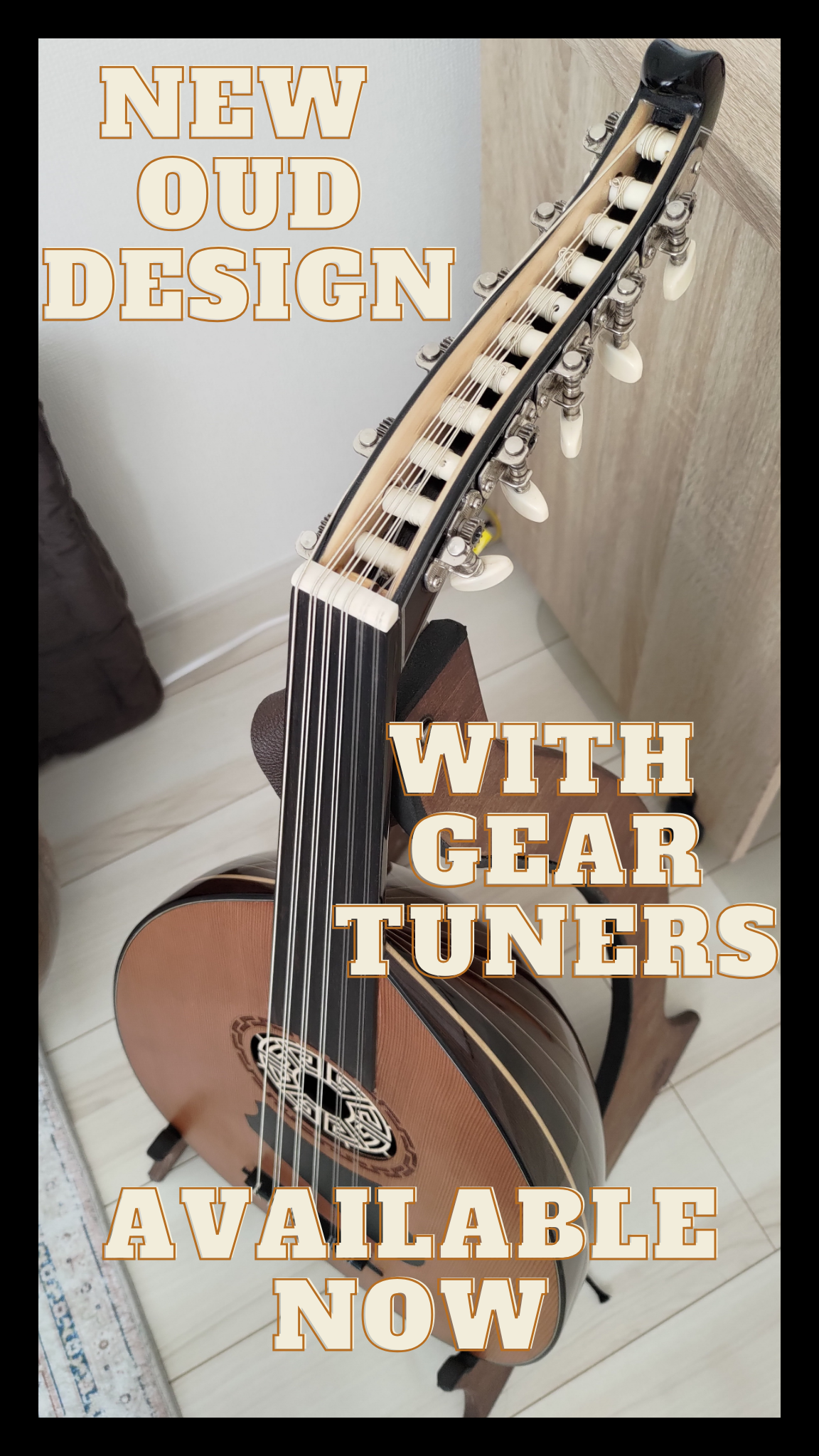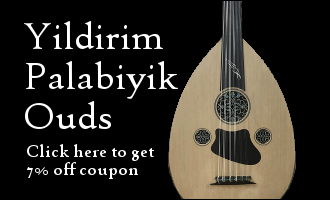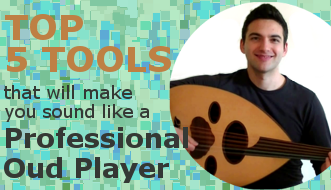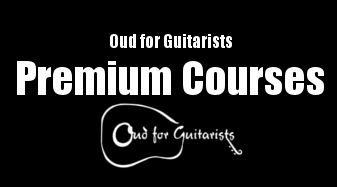After talking with the Oud for Guitarists community we realized that people often struggle with 2 things when learning or playing the Oud:
1. Maqamat
and
2. Techniques!
That’s why we created the Maqam Mastery Program, and now that it has been completed, we’ve decided to start making a video series demonstrating various techniques that can be used on the Oud. They may be right hand techniques, they may be left hand techniques. The technique you’ll be learning today is how to play a drone that you can use when playing taqsim.
Watch the video below to learn how to do it!
The Drone – Right Hand Oud Taqsim Technique
Difficulty: Easy
Why?
It is a very simple technique. But it can help you sound like an authentic Oud player and be used in a variety of ways.
A drone is when you play one note and hold it creating a sustaining sound. When playing taqsim Oud players play a drone when pausing on certain notes, like the root of the Maqam being played.
The easiest drone that you can create is by playing alternating down and up strokes on an open note of the Oud.
Stroke Order
Simple drone
Stroke order:
down, up, down, up, down, up…..
Always put emphasis on the the down stroke to create an authentic feeling.
Triplet drone
Another stroke pattern:
down up down, down up down, down up down…..
Always put emphasis on the first down stroke of each set of three strokes.
Combo Drone
down up, down up, down up, down up down, down up, down up, down up down
This pattern combines both stroke orders. You play a simple drone, and then sometimes you add the triplet drone whenever you want just to spice it up. There is no particular pattern to follow.
How to Use it
The drone can be used when your are playing a taqsim. When you go from one melodic phrase to another you can fill in the sound with a drone on the root of the Maqam. This will make your playing more authentic, and make your taqsim more fluid and smooth. It is a technique you can fall back on when you’re not sure how to proceed with your taqsim and you need to fill in the gaps.
What Next?
We’ll be publishing a new technique every week! So sign up below for our weekly newsletter and you’ll learn them all in no time.






Navid..this was great…yes i most definitely would enjoy posting of techniques like this. I’m doing fine…there is a vast amount of info that i’m digesting…this was prefect timing. Working on Nahawand at the moment…I did get a few laughs in a good way when discussing the risha and materials….I’ve been on the constant search for plastic materials where ever I go…Also, i have the same foot stool on top of it all… I am very happy that I’ve purchased this program…keep up the great work Navid…here from you soon..
I do like the sound of your Iraqi oud. May I ask who made the Oud?
Thanks,
Michael
Hi Michael,
I’m glad you’re enjoying the program! Let me know if you have questions about anything.
Dimitris Rapakousious made this Oud. It looks like an Iraqi Oud, but it is a Syrian bowl, and it has a fixed bridge, and the Iraqi style soundholes. Thanks.
It’s great man.Thanks to be so clever.I keep trying to practice but I realy don’t know how to stroke the string the way you do.Basiclly at down stroke.It sounds metallic and sharp.How to do ?
I think you may want to try a different rishe or play softer. Let me know if that helps. Another thing you can try is small and focused movements. Just experiment with trying to get the right sound playing down and up strokes. Don’t play too hard, play soft and play clean, down up down up down up on one note. Then you can increase the strength of your plucking and see how it sounds. Try that and let me know how it goes.